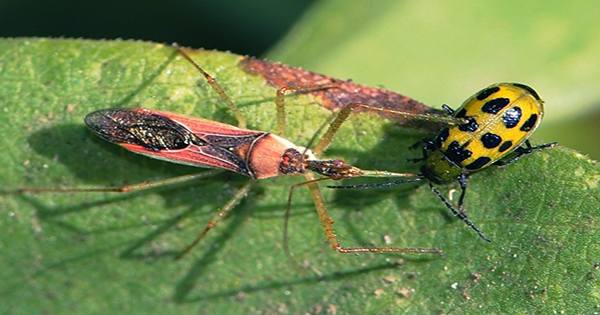A worm with more butts than you can shake a stick at has been discovered in Japan, prompting scientists to name it after Godzilla’s arch-nemesis, the three-headed monster King Ghidorah. Researchers discovered the bootylicious branched seaworm hidden inside sponges off the coast of Sado and called it Ramisyllis kingghidorahi after discovering that it could regenerate like King Ghidorah but without the radiation. Professor M. Teresa Aguado of the University of Göttingen, who provided photographs of the seaworm by the researchers in Japan, stated in a statement, “King Ghidorah is a branching imaginary species that can regenerate its lost ends.”
“So we decided this was a good name for the new branching worm species.” Organisms Diversity & Evolution published the findings. The worms, known as Annelida to the fancy folks, are a force to reckon with, with over 20,000 species identified, but only two known to have a highly modified body pattern similar to that observed in branching marine worms. All of that has changed with the introduction of R. kingghidorahi, which joins Syllis ramosa McIntosh, discovered in 1879 in the Philippines, and Ramisyllis multicaudata, discovered in 2012 north of Australia, as the third branching seaworm species.
“We were astounded to see another of these strange creatures with only one head and a body made up of many branching,” Aguado stated. “The initial worm was supposed to be a one-of-a-kind creature. This study demonstrates that these tree-like animals have a greater diversity than previously thought.” Although the three species share a common origin, genetic analysis revealed significant genetic diversity as well as variances in body form and ecology.
The ability to develop new butts (common among worms), regenerate broken butts, and sprout several segments during reproduction are all features they share, and they teach us a little about the evolutionary origins of a branching body plan. The intricate body pattern of R. kingghidorahi is a remarkable sight. By the way, the head-end is the solitary extension to the left of the orangey glob (seen in the photo at the top). Things get a little more difficult to the right of that blob, as its nether parts branch off into many posterior ends.
These several ends thread their way through the internal plumbing of the sponge R. kingghidorahi inhabits, a behavior that raises a few additional questions for the study’s authors concerning our multi-butted seaworm. “Scientists don’t yet comprehend the nature of the branching worm’s relationship with its sponge host,” Aguado said. “Does it appear to be a symbiotic relationship in which both creatures benefit?” And how do the worms eat to keep their massive bodies going with only one little mouth in their single head?”
















